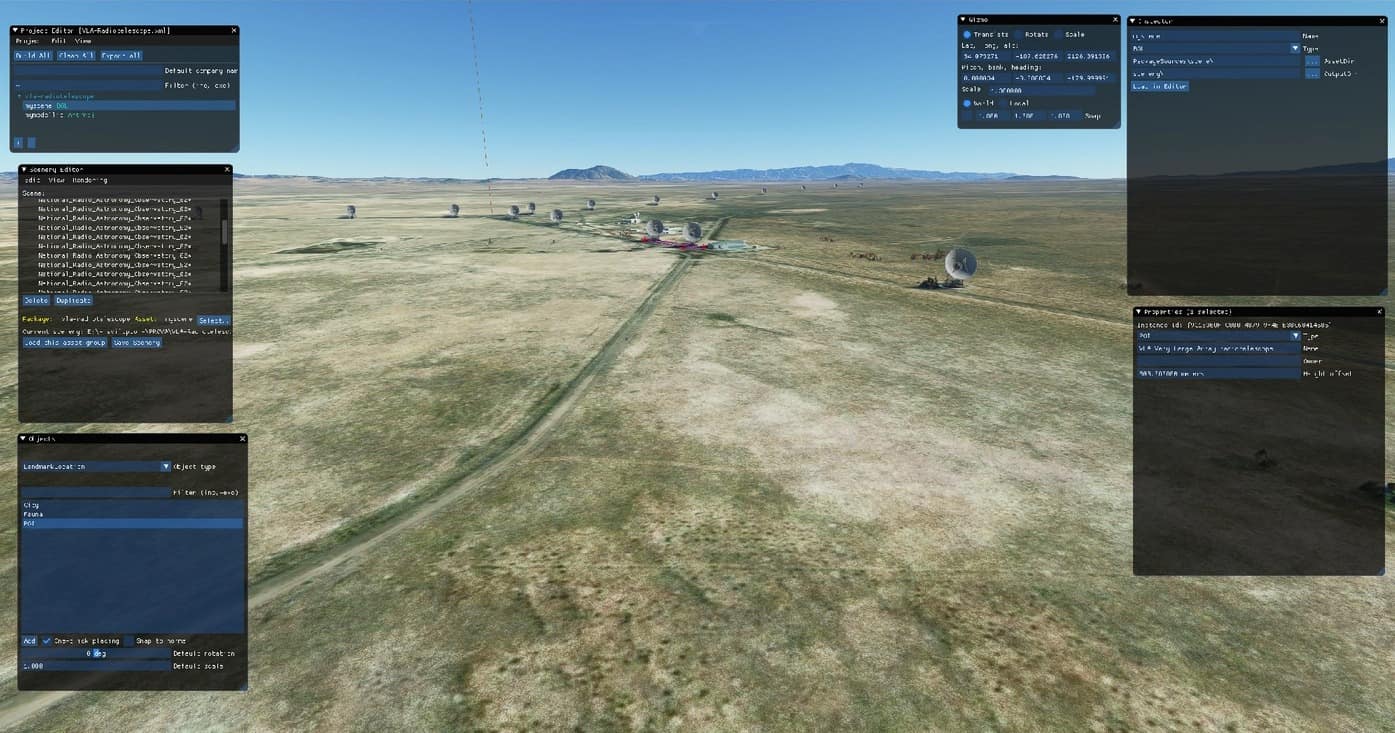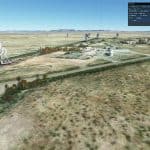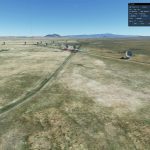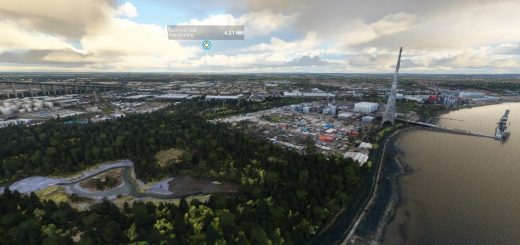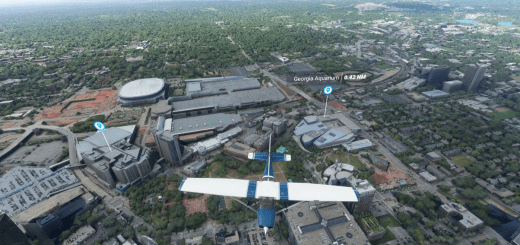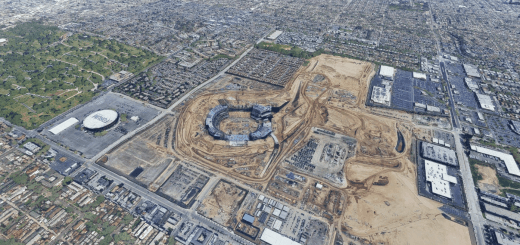VLA Very Large Array Radiotelescope v0.1
The Very Large Array VLA of Socorro, New Mexico, USA is a grouping of radio telescopes that came into operation in 1980.
It consists of 27 parabolic antennas with a diameter of 25 meters each, arranged along 3 arms, each 21 km long, in the shape of a gigantic Y. The entire group of radio telescopes is able to exploit the principles of interferometry to operate as a single receiving antenna of 40 km in diameter. Each of the telescopes is mounted on double parallel rails in order to change the radius and density of the cluster to balance the angular resolution with the sensitivity to surface brightness.
The VLA is at an altitude of 2124 m a.s.l. and is part of the National Radio Astronomy Observatory (NRAO)
Each of the 27 independent antennas has a 25 m diameter disc and a mass of 209 tons. [2] The antennas are distributed along the three arms of a Y-shaped guide, (each of which is 21 km long). Using these tracks, which at some point intersect with the U.S. Route 60 in a level crossing, and a special locomotive (“Hein’s Trein”), [5] it is possible to move the antennas, allowing an opening synthesis with up to 351 baselines: basically, the network works as a single antenna with a variable diameter. The angular resolution that can be reached ranges from 0.2 to 0.04 arc seconds. [6]
Four configurations are commonly used, labeled A (widest) through D (narrowest, with all discs 600m from the center). The observatory usually cycles through all possible configurations (including many hybrids) every 16 months; the antennas are moved every three or four months.
Nearest Airfield : N29 Magdalena
GPS Coordinates: 34.07900, -107.61777

